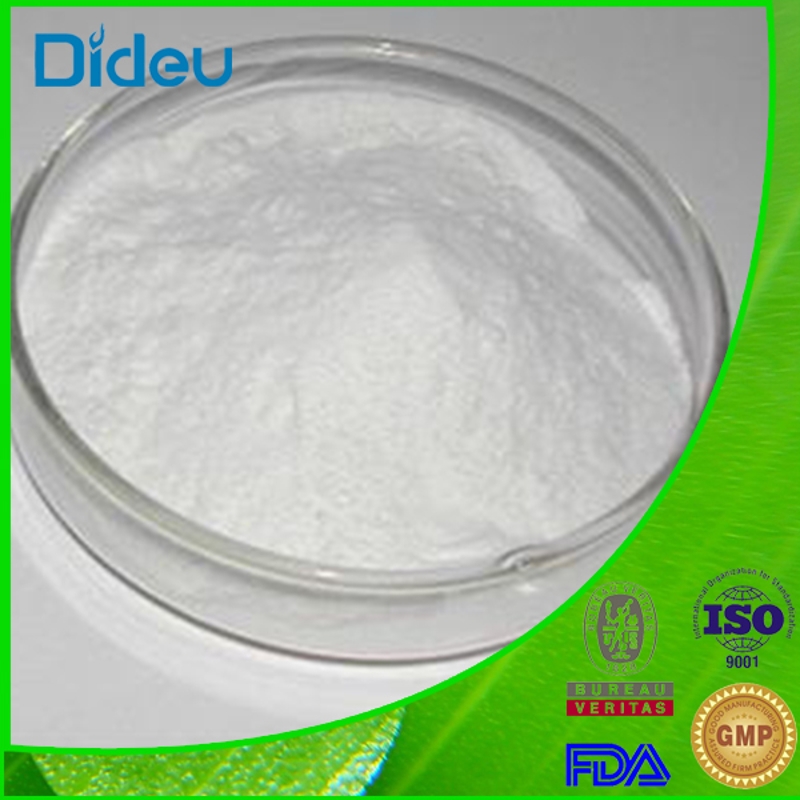-
Categories
-
Pharmaceutical Intermediates
-
Active Pharmaceutical Ingredients
-
Food Additives
- Industrial Coatings
- Agrochemicals
- Dyes and Pigments
- Surfactant
- Flavors and Fragrances
- Chemical Reagents
- Catalyst and Auxiliary
- Natural Products
- Inorganic Chemistry
-
Organic Chemistry
-
Biochemical Engineering
- Analytical Chemistry
-
Cosmetic Ingredient
- Water Treatment Chemical
-
Pharmaceutical Intermediates
Promotion
ECHEMI Mall
Wholesale
Weekly Price
Exhibition
News
-
Trade Service
The "microbiota-gut-lymphoma axis" represents an interesting pathway for flora-mediated lymphomagenesis and intervention opportunities, but the intestinal flora is particularly important in natural killer/T-cell lymphoma ( NKTCL) remains a mystery
.
On November 8, 2022, Zhang Mingming, Li Zhaoming of Zhengzhou University and Chen Weihua of Huazhong University of Science and Technology jointly published a title online on Gut(IF=32).
"Gut microbiota as non- invasive diagnostic and prognostic biomarkers for natural killer/T-cell lymphoma" research paper showing that gut flora can act as a natural killer/T Noninvasive diagnostic and prognostic biomarkers for cellular lymphoma
.
The study recruited a discovery cohort that included 30 treatment groups – naïve patients and 20 healthy controls (HCs), and a validation cohort, which included, respectively 12 patients and 13 HCs
.
The authors performed "shotgun method" metagenomic sequencing on their stool samples, analyzed their gut metagenomics using mOTUs2V.
2.
5, and used SIAMCAT The implemented LASSO algorithm trains a patient stratification classifier
with all species-level classification features.
The classifier of this study achieved an accuracy of 0.
868 under the receiver operating characteristic curve (AUROC) on the discovery cohort and 0.
910 AUROC accuracy on the validation cohort
.
To increase the sample size for model training, the authors retrained the LASSO classifier for NKTCL using all samples from both cohorts and achieved an accuracy
of 0.
813.
AUROC cross-validation, which strongly supports the role of gut microbiota as a diagnostic biomarker for NKTCL.
To examine the specificity of NKTCL gut microbiota-derived features, the authors applied a whole-sample NKTCL classifier to 29 cohorts
of public gut microbiota.
The authors observed an overall false-positive rate (FPR) of 3.
1% for HC, but higher FPR in patients with several cohorts, particularly pancreatic cancer, Crohn's disease, and liver disease
.
These results imply a significant overlap of biomarkers between these diseases and NKTCL, which was confirmed by LEfSe analysis
.
Importantly, these biomarkers were consistently enriched/decreased in most cohorts, including the enrichment of oral-derived Veillonella and Streptococcus in patients, as well as HCs Known beneficial species such as Faecalibacterium prausnitzii, Eubacterium rectale and Bifidobacte-rium adolescentis
.
These results suggest that the authors' classifier can accurately distinguish NKTCL patients from HCs; However, since there are biomarkers that are shared with other diseases, combining selected clinical indicators with microbiota biomarkers will help establish unique diagnostic models
.
Results of the relevant data (image from Gut).
Survival data for NKTCL patients in the cohort were found to be available
.
Of note, many identified biota biomarkers, particularly those shared by multiple diseases, can significantly predict overall survival (OS) and progression-free survival (PFS) in patients, including Streptococcus paraserpentineus, timmonensis, and dyspora (Online supplementary Figures 1A-D).
Finally, the authors established the Streptococcus parasanguinis, Romboutsia timonensis and the Veillonella atypica index (SRI).
As the relative abundance ratio of the two species, the best predictive power
is obtained than other individual species and combinations.
That is, NKTCL patients with higher SRI scores had significantly lower OS and PFS than SRI Patients
with lower scores.
In addition, the authors observed a significant correlation
between high SRI scores and multiple adverse prognostic factors for NKTCL.
In conclusion, the results of this study support the use of intestinal flora as an effective auxiliary diagnostic tool
for NKTCL.
In addition, SRI scores based on shared biomarkers may have broad utility in the prognosis of multiple diseases and warrant further investigation
.
Original link:
https://gut.
bmj.
com/content/early/2022/11/08/gutjnl-2022-328256?rss=1







